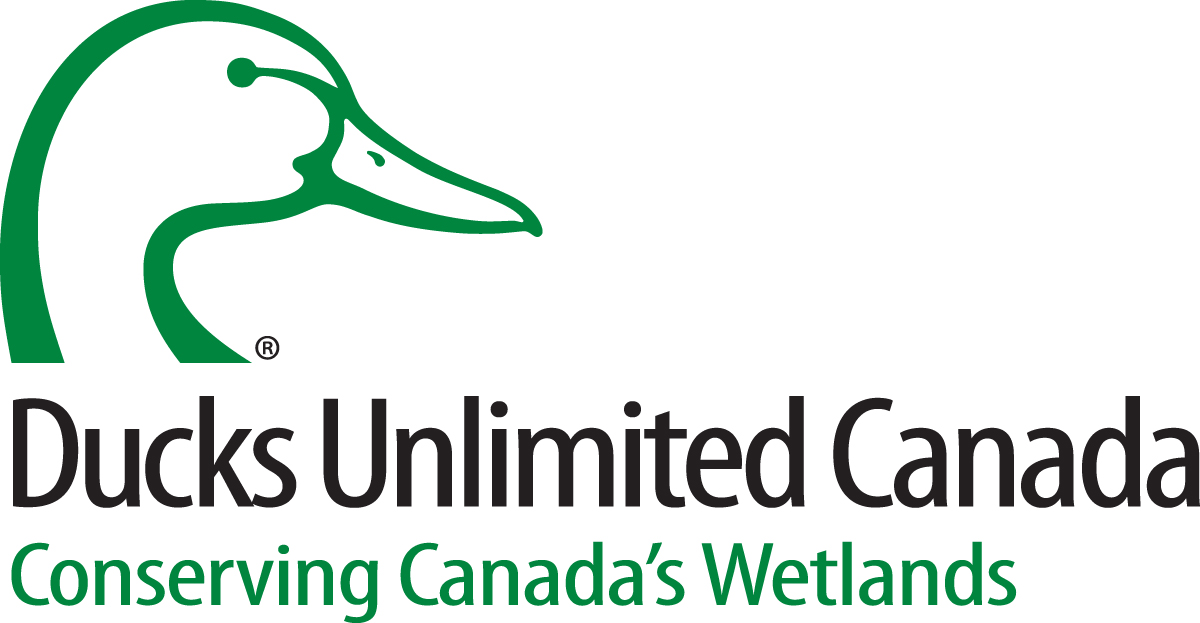
African Leaders: Advancing my career and Cameroon through scholarship
August 10, 2017
DUC NL Job Posting – Application deadline August 27, 2017
August 22, 2017Rural Resilience Researchers Publish Articles in Special Issue on Source Water Protection
By: Seth Bomangsaan Eledi
In July 2017, Rural Resilience researchers published two articles in a Special Issue titled “Source Water Protection: State of the Art and Science” in the MDPI Journal on Water. The Special Issue brought together a collection of diverse papers with a focus on local experiences with source water protection planning and practice with the aim of better understanding the art and science of source water protection.
Rural Resilience researcher Sarah Minnes published an article titled “Ontario’s Clean Water Act and Capacity Building: Implications for Serviced Rural Municipalities”. The article explores Ontario’s Clean Water Act (S.O. 2006, c. 22) and its contribution to capacity building for rural municipalities impacted by source protection plans created under the Act. The research found that SWP in rural areas requires enforceable mandatory legislation; sustainable provincial funding and municipal fiscal frameworks to support ongoing SWP planning and implementation; technical aid at the regional level; and support and commitment to SWP at the local level (e.g., municipalities, local health units, landowners, residents and watershed users). The article can be accessed at: http://www.mdpi.com/2073-4441/9/7/538.
Another article titled “Source Water Protection in Rural Newfoundland and Labrador: Limitations and Promising Actions” was published by Rural Resilience researchers Seth Bomanagsaan Eledi, Sarah Minnes, and Kelly Vodden. The research exemplified through recent research in Newfoundland and Labrador (NL) the extent of the current limitations for source water protection and potential opportunities for improvement in the province, particularly for rural communities. Article findings indicate that there is currently a source water protection gap in NL limiting local governments in implementing their source water protection obligations under provincial policy and regulations. The implementation gap has been attributed to a lack of capacity for watershed monitoring, a lack of awareness of the need for source water protection and municipal responsibilities, conflicts over multi-use watersheds, and a lack of watershed planning and management. Greater education and collaboration in source water protection efforts amongst all watershed users, watershed groups, local governments, and the provincial government could offer promise to fill this gap. The article can be accessed at: http://www.mdpi.com/2073-4441/9/8/560.




